
School sports events are a vibrant and integral part of student life, fostering teamwork, discipline, and physical fitness. Whether it’s a high-energy basketball game, a competitive soccer match, or a track and field event, these activities bring together students, staff, and families to celebrate athleticism and school spirit. However, the excitement and physical exertion of sports also increases the risk of sudden cardiac arrest (SCA). That’s why having an Automated External Defibrillator (AED) on hand during school sports events is not just important—it’s essential.
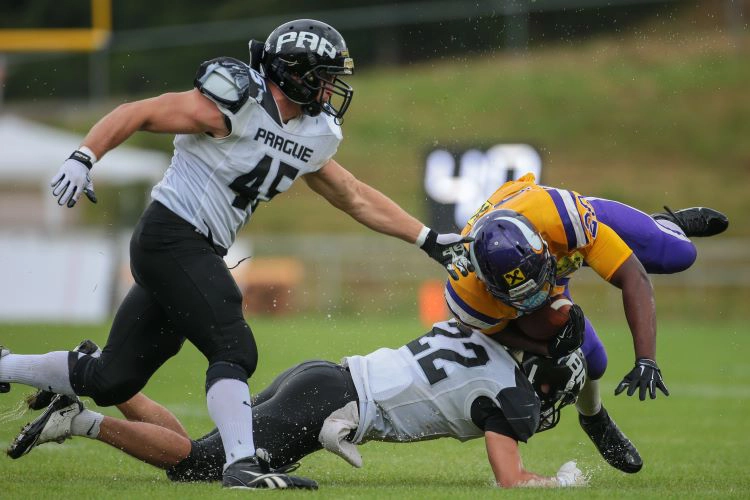
1. High-Risk Environment
Sports events, by their nature, place significant physical demands on participants. While regular physical activity is generally beneficial, the intense exertion during competitive sports can sometimes trigger unexpected cardiac events, even in young and seemingly healthy athletes. According to the American Heart Association, hypertrophic cardiomyopathy (HCM) is the leading cause of SCA in young athletes, responsible for up to 36% of cases. An AED can mean the difference between life and death in these high-risk environments. The presence of an AED provides a crucial safety net, ensuring that immediate life-saving action can be taken if a player, coach, or spectator experiences a sudden cardiac arrest.
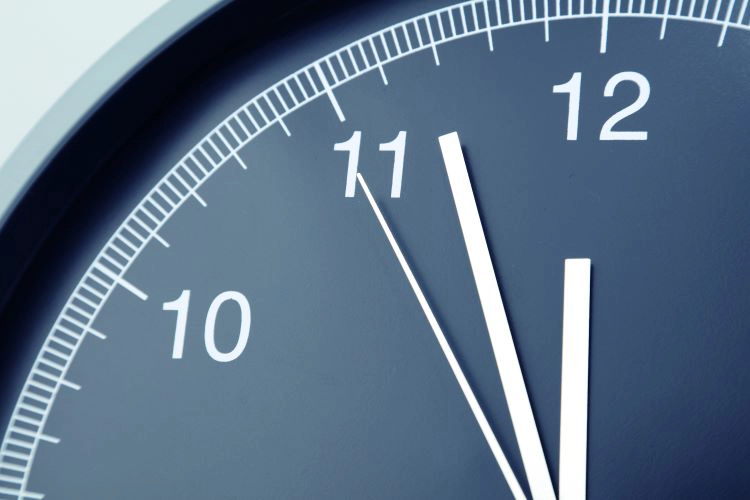
2. Time is of the Essence
In the event of sudden cardiac arrest, every second counts. The American Red Cross states that the chances of survival decrease by 7-10% with each minute that passes without defibrillation. Unfortunately, emergency medical services (EMS) may not always arrive in time to administer life-saving treatment, especially at large, crowded events where access to the victim could be delayed. Studies have shown that survival rates increase to over 70% when defibrillation is provided within 3-5 minutes of collapse. An AED on-site allows for immediate intervention, dramatically improving the odds of survival and reducing the likelihood of permanent damage or death.
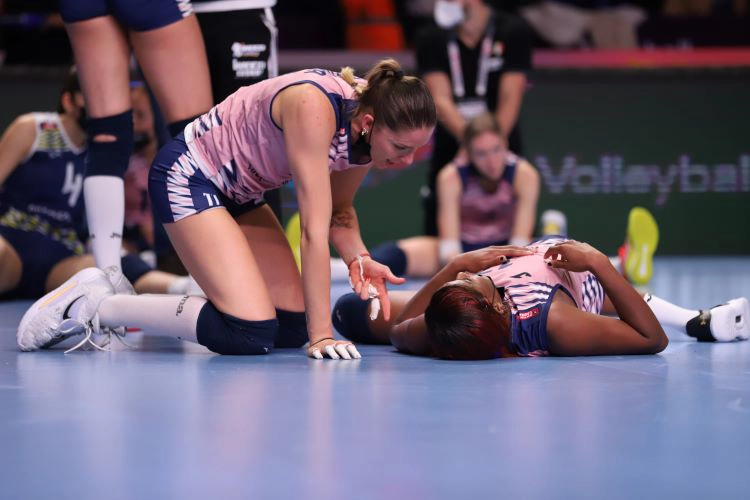
3. Protection for All Participants
While athletes are often the focus when discussing SCA at sports events, it’s important to remember that anyone present can be at risk. Coaches, referees, parents, and even fellow students cheering from the sidelines are not immune to cardiac emergencies. Statistics reveal that approximately 10-20% of SCAs occur in people under 18 years old, highlighting the need for AEDs even in youth-oriented environments. Having an AED accessible at sports events ensures that everyone is protected regardless of their role. This inclusivity reinforces the commitment to safety for all attendees, making the event a secure environment for everyone involved.

4. Compliance with Safety Standards
Many athletic organizations and school districts now recognize the importance of AEDs at sports events. In some regions, regulations or recommendations require AEDs to be present at school sports venues. For instance, several states in the U.S. have enacted laws mandating AEDs in schools and at sporting events. Compliance with these safety standards not only helps protect the well-being of participants but also shields schools from potential liability in the unfortunate event of a cardiac emergency. Having an AED available aligns the school with best practices in student-athlete safety and demonstrates a proactive approach to health and safety compliance.
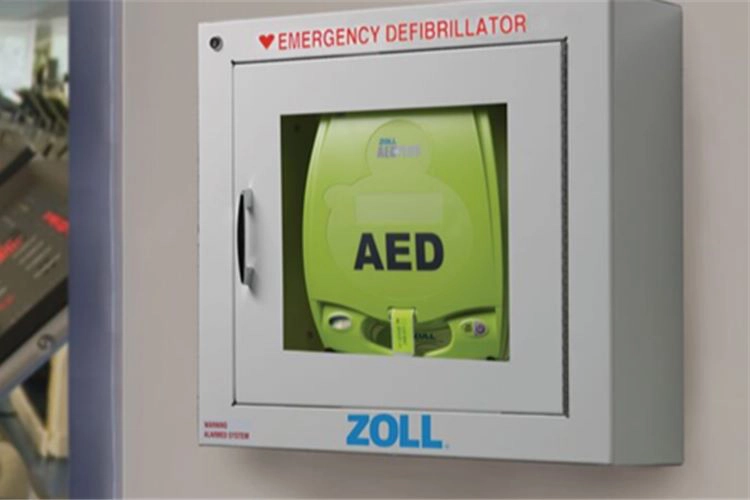
5. Fostering a Culture of Preparedness
The presence of an AED at school sports events goes beyond just having a device on hand; it’s about creating a culture of preparedness. Schools that equip their sports venues with AEDs and train staff, coaches, and even students in CPR and AED use foster an environment where safety is a shared responsibility. According to a study published in the Journal of School Health, schools with trained staff and accessible AEDs are more likely to respond effectively to cardiac emergencies, potentially doubling or tripling survival rates. This culture of preparedness can empower everyone involved, ensuring they know how to respond effectively in an emergency. Additionally, it sets a positive example for students, teaching them the importance of being ready and able to help others in need.
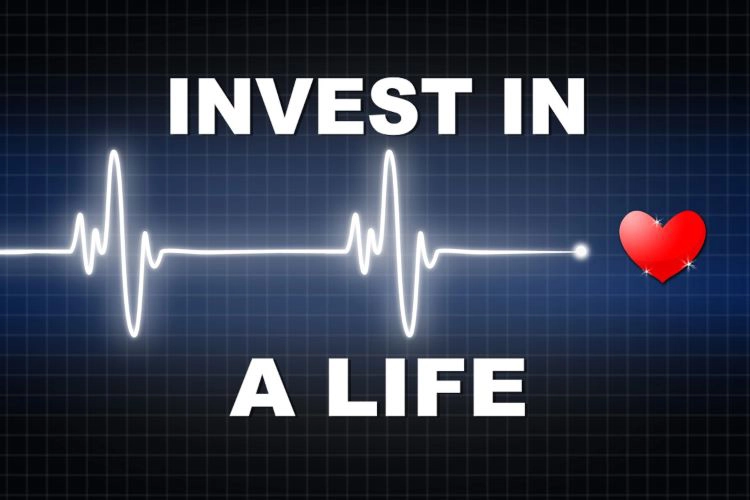
6. A Small Investment for a Big Impact
The cost of an AED is relatively small when weighed against the potential to save a life. For schools, the investment in AEDs for sports events is a matter of safety and a commitment to the welfare of their students, staff, and community. The cost of an AED typically ranges from $1,200 to $1,500, a small price to pay considering the life-saving potential. Moreover, many organizations offer assistance or funding to help schools acquire AEDs, making them more accessible. The long-term benefits—protecting lives and promoting a safe environment—far outweigh the initial costs.
School sports events should be memorable for the right reasons: the thrill of competition, the joy of victory, and the camaraderie among teammates and spectators. However, these events also carry inherent risks that must be addressed proactively. By having an AED on-site, schools can ensure that they are prepared to respond to sudden cardiac arrest, offering a vital lifeline in the crucial moments when it’s needed most.
An AED at school sports events is more than just a precaution—it’s a necessary measure that safeguards the health and well-being of all participants. By prioritizing the availability of AEDs, schools can create a safer environment where students and the broader community can enjoy sports with the peace of mind that they are protected, no matter what happens on the field.
Sources:
- American Red Cross. (2023). “The Importance of AEDs and Early Defibrillation.”
- American Heart Association. (2023). “Hypertrophic Cardiomyopathy in Young Athletes.”
- Sudden Cardiac Arrest Foundation. (2022). “Survival Statistics and the Role of AEDs.”
- National Heart, Lung, and Blood Institute. (2022). “Sudden Cardiac Arrest in Youth.”
- National Conference of State Legislatures. (2023). “State Laws on AEDs in Schools.”
- Journal of School Health. (2021). “Impact of AED Training and Availability in Schools.”
- AED Grant. (2023). “Costs and Funding Options for AEDs in Schools.”




